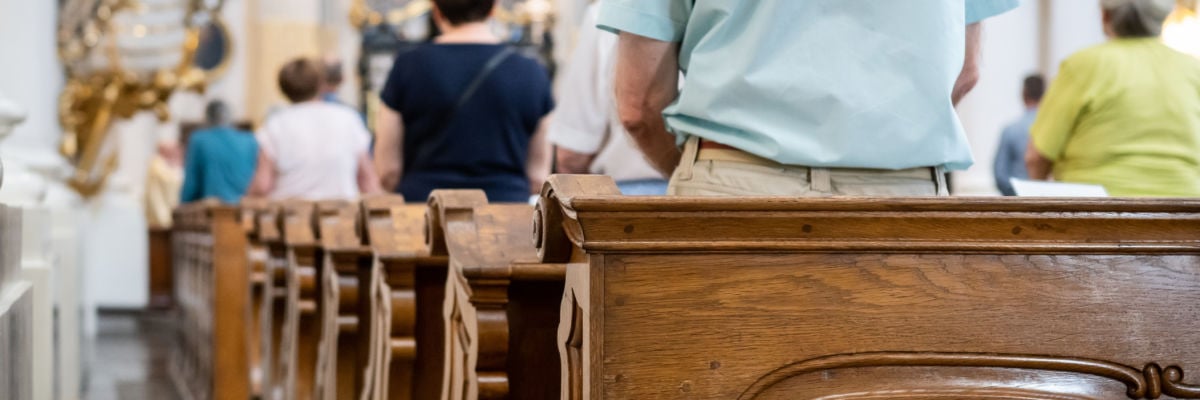
Question:
Answer:
What you cite is known as a doxology, a short hymn of praise to God, in this case, “For the kingdom, the power and the glory are yours now and for ever.”
St. Paul uses doxologies in Roman 16:27 and 1 Timothy 1:17. Such doxologies were a common way to culminate ancient Jewish prayers, e.g., Psalm 41:13: “Blessed be the Lord, the God of Israel, from everlasting to everlasting! Amen and Amen.”
However, in Matthew 6 and elsewhere in Scripture, the doxology heard as an addendum to the Lord’s Prayer in today’s Masses is not present in the most ancient biblical manuscripts.
Adding the doxology to the Lord’s Prayers began in the early Church, as evidenced by its mention in the Didache (Greek for “Teaching:), which purports to be the “Teaching of the Twelve Apostles” and was written in the later first or early second century (Didache 8, 2). And as we can see, while not strictly biblical, adding the doxology at the end of the Lord’s Prayer certainly has biblical and other Jewish roots.
This doxology was added to later biblical manuscripts, and it became a commonplace among Protestant Christians to culminate the Lord’s Prayer in public recitations, an ironic and unwitting embrace of Catholic tradition.
Finally, as can also be seen, the incorporation of the doxology in the Mass rite issued after Vatican II is not a concession to Protestantism, but rather a restoration of a liturgical practice from the early Church.
For more on this subject, see this presentation from Father William Saunders, a priest of the Diocese of Arlington, Virginia.



